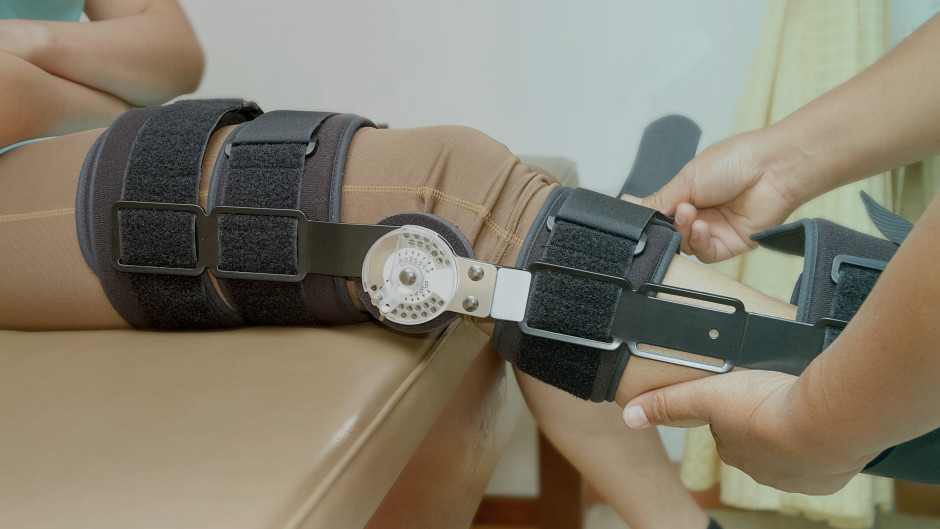WHY WE NEED TO STOP BLAMING TRANSVERSUS ABDOMINIS FOR BACK PAIN
5-minute read
The idea of targeting interventions towards the deep core musculature such as the Transverse Abdominis (TvA) and Multifidus began back in the 90’s with work from Hodges and Richardson. These papers (REF)(REF), compared the timing of the TvA and Multifidus in people with 18 months + of low back pain (LBP) (with minimal or no back pain at the time of testing) with healthy controls. The interventions required the participants to move either their shoulder or their leg and the timing of the TvA and multifidus were measured using fine wire and surface EMG and compared that to the timing of the musculature of the limb being moved. What they found was that those in the LBP group had delayed activation of the TvA relative to the deltoid musculature (in the upper limb study) and those in the control had earlier activation. This was the start of the ‘motor control’ exercise phase of corrective exercise prescription. An interesting article regarding this work that was released by the University of Queensland and can be read HERE. A quote from this interview:
“He found that one muscle, the transversus abdominus, was likely to be one of the main causes of recurrent back pain.
'This muscle is the most important and deepest muscle of the abdomen. It looks and works like a corset to stabilise the back,' he said.”
What we took (extrapolated) from this work was that the TvA was a trunk stabilising muscle that was more important to target with those with LBP. That strengthening these deep core muscles and improving their timing would decrease LBP. That back pain was due to instability.

The early work of Hodges and Richardson has been very influential in the direction of research into LBP since, in fact, the motor control topic has now been been researched to the point that we now have 7 systematic reviews. Interestingly, 6 out of 7 of these systematic reviews have now shown no benefit in prescribing motor control/TvA based exercises over that of just general graded exercise (REF)(REF)(REF)(REF)(REF), with one stating motor control exercises had better outcomes but, “It is to date not known if the effect of MCE (motor control exercises) on pain and physical impairment in LBP is due to the isolated activation of the local musculature or subsequent stages of the intervention involving loaded postures engaging all trunk muscles.” (REF) One other systematic review concluded, “There is strong evidence stabilisation exercises are not more effective than any other form of active exercise in the long term… further research is unlikely to considerably alter this conclusion.” (REF) You don’t get much more conclusive than that in academic writing. Furthermore, no study to my knowledge has ever shown LBP to be due to spinal instability.
This early work by Hodges, Richardson, and Jull was rapidly adopted into the Pilates community (something Joseph Pilates had never mentioned in his work of Contrology), it had been adopted by the physiotherapy and greater allied health community, and we were assessing it in all kinds of ways such as ultrasound and palpation. Unfortunately, despite the literature no longer supporting this theory we still vilify these muscles and tell patients with LBP that they have weakness, instability or some other awful narrative that more than likely is not evidenced. Even more disappointingly, there is still no shortage of continuing education courses that teach this approach to LBP.
Although this strategy may still help, albeit no better than general graded exercise, we know that LBP is associated with other comorbidities such as obesity and mental health (REF). If we had a choice to guide someone with exercise would it not make more sense to opt for an activity that they enjoy, that leads to benefits in these other domains rather than have them trying to feel for a deep muscle in a low-load movement, further feeding their beliefs of vulnerability? Finally, A lovely review in detail of other research around the core (REF) (well worth the read), even goes as far to advising that those who have been trained to hollow/brace should be discouraged from using them as this may create aberrant movement patterns and undue stress on the individual.
If you want to stay up to date and keep learning high quality information as a therapist, then a subscription to Trust me-ED would be great for you.
You can sign up today and join the growing community of therapists who strive to be better here:
Click here
Get 20% off for the yearly membership with the discount code: EASTER2022

Brendan Mouatt is an Accredited Exercise Physiologist and Director at The Biomechanics Clinical Practice in Melbourne, an educator and director at The Knowledge Exchange and a researcher at The Body in Mind Research Group at UniSA in Adelaide, Australia.



